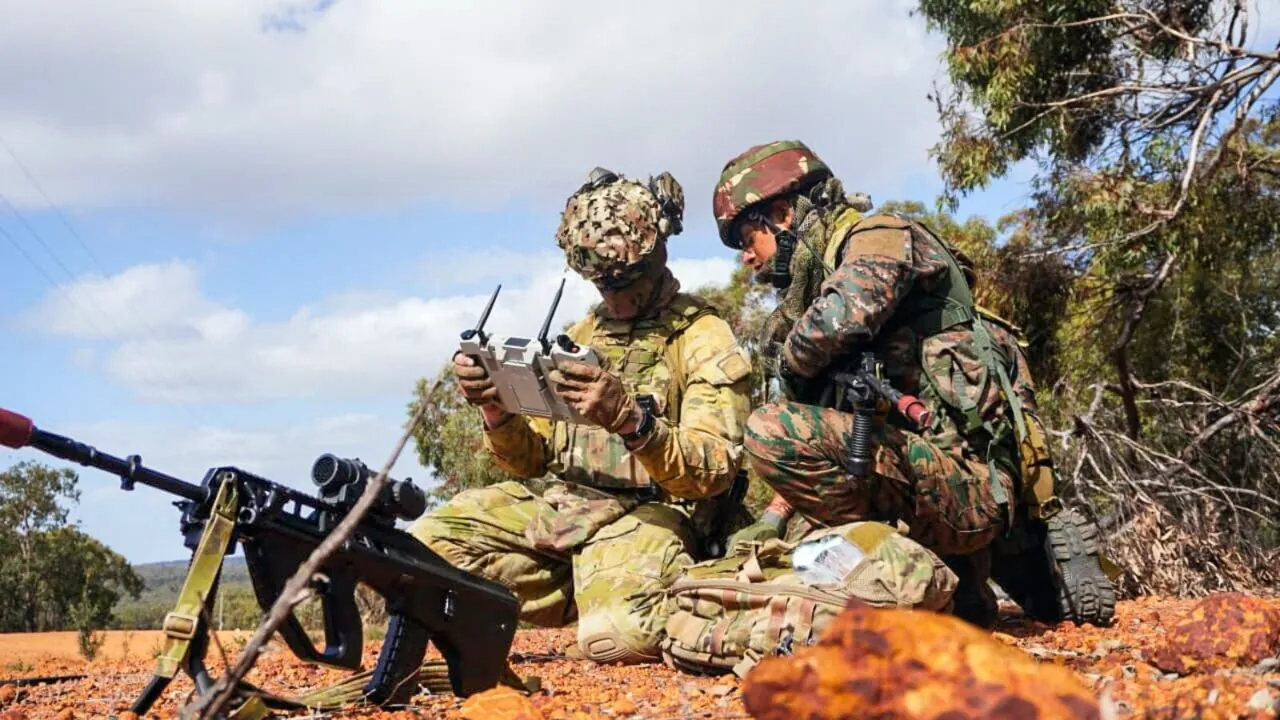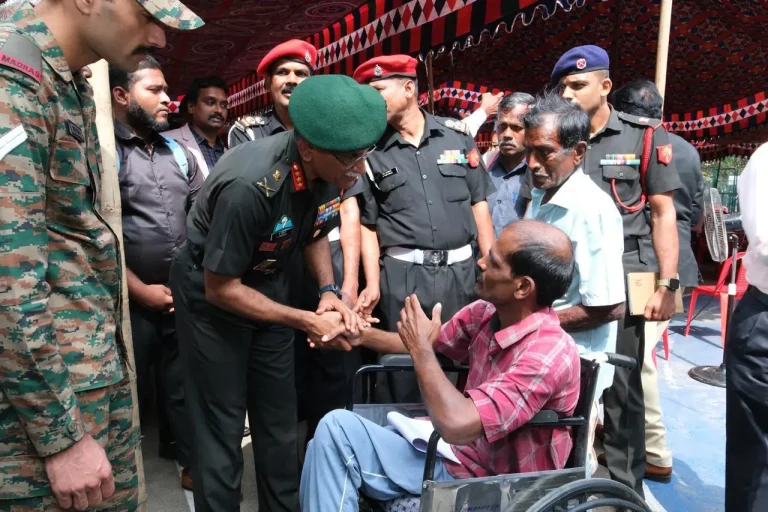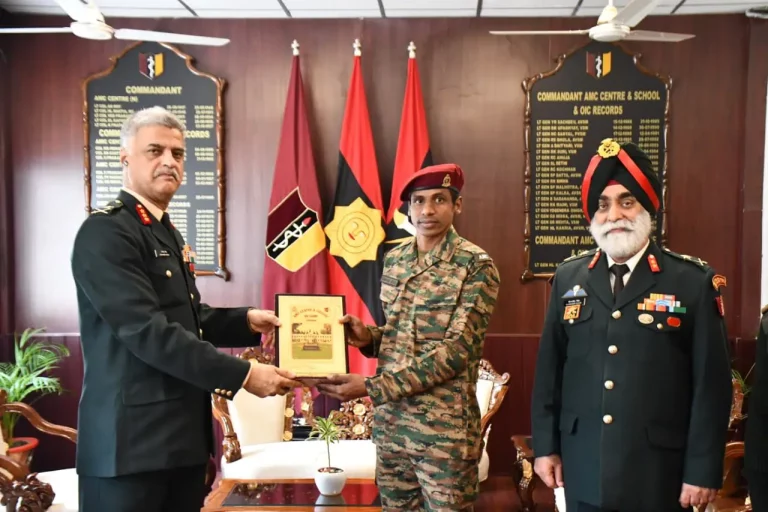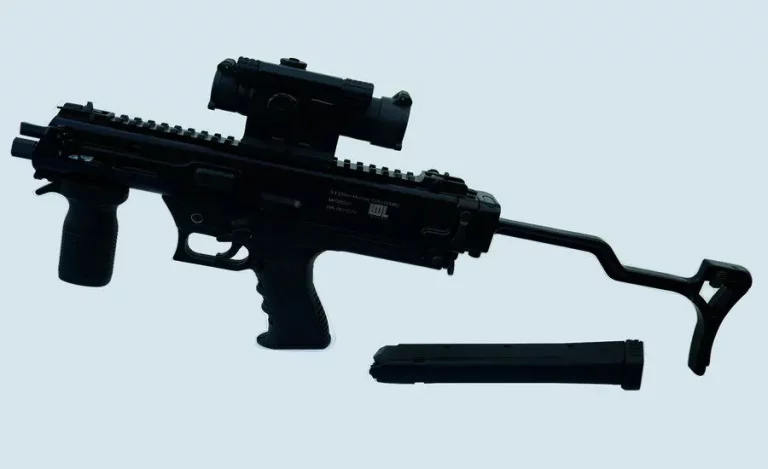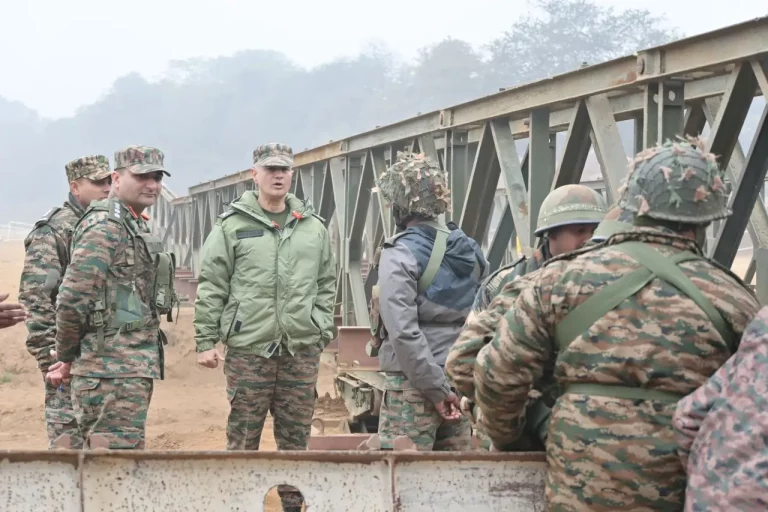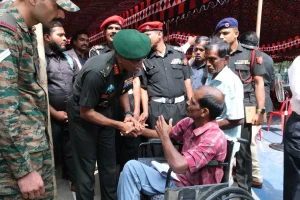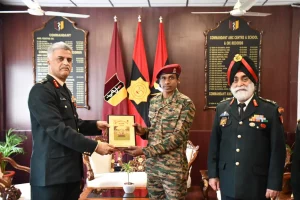In a significant development aimed at enhancing India’s defence capabilities and self-sufficiency, the Defence Acquisition Council (DAC), led by Defence Minister Rajnath Singh, has approved several capital acquisition proposals totaling approximately ₹79,000 crore for the Indian Army, Navy, and Air Force.
The recent meeting, convened in South Block, New Delhi, was dedicated to bolstering the operational readiness of the Armed Forces through advanced indigenous technologies, aligning effectively with the government’s Atmanirbhar Bharat initiative.
For the Indian Army
Key procurements for the Indian Army received the Acceptance of Necessity (AoN) during the DAC meeting. Noteworthy acquisitions include the Nag Missile System (Tracked) Mk-II (NAMIS), Ground-Based Mobile ELINT System (GBMES), and High Mobility Vehicles (HMVs) equipped with material-handling cranes.
The NAMIS (Tracked) is set to enhance the Army’s capability to neutralise enemy assets, including combat vehicles and fortified positions. Meanwhile, the GBMES will facilitate continuous electronic intelligence gathering from adversary emitters, thereby bolstering India’s surveillance and electronic warfare capabilities. The introduction of HMVs will significantly improve logistics and mobility across varied terrains, ensuring effective support for troops stationed in forward positions.
For the Indian Navy
The Indian Navy has secured approvals for several crucial acquisitions, including Landing Platform Docks (LPDs), 30mm Naval Surface Guns (NSGs), Advanced Lightweight Torpedoes (ALWT), Electro-Optical Infrared Search and Track (EOIRST) Systems, and smart ammunition designed for 76mm Super Rapid Gun Mounts.
These LPDs will expand the Navy’s capacity for amphibious warfare and joint operations in collaboration with the Army and Air Force. The ALWT, developed by the Defence Research and Development Organisation (DRDO) at its Naval Science and Technological Laboratory, is capable of targeting various submarines, underscoring India’s advancements in undersea warfare. The new NSGs will enhance operational capabilities in anti-piracy efforts and low-intensity maritime operations for both the Navy and the Coast Guard.
For the Indian Air Force
The DAC has also approved the proposed Collaborative Long Range Target Saturation/Destruction System (CLRTS/DS) among other sophisticated projects. This system boasts features such as autonomous take-off, navigation, target detection, and payload delivery, which will significantly elevate the Indian Air Force’s capacity for deep-strike missions and precision engagements.
Strategic Implications
The approvals reflect India’s dedication to modernising its military forces through indigenous innovation and technology integration, fostering operational coordination among the three branches of the Armed Forces. The substantial investment of ₹79,000 crore is expected to enhance frontline readiness while simultaneously stimulating growth within the domestic defence manufacturing sector.
The Defence Ministry has emphasized that the forthcoming acquisitions will prioritize systems that are Indian-designed, developed, and manufactured, reinforcing the nation’s strategic autonomy and supporting the expansion of its defence industrial base. This move signifies a robust commitment to building a self-reliant defence ecosystem in India.
